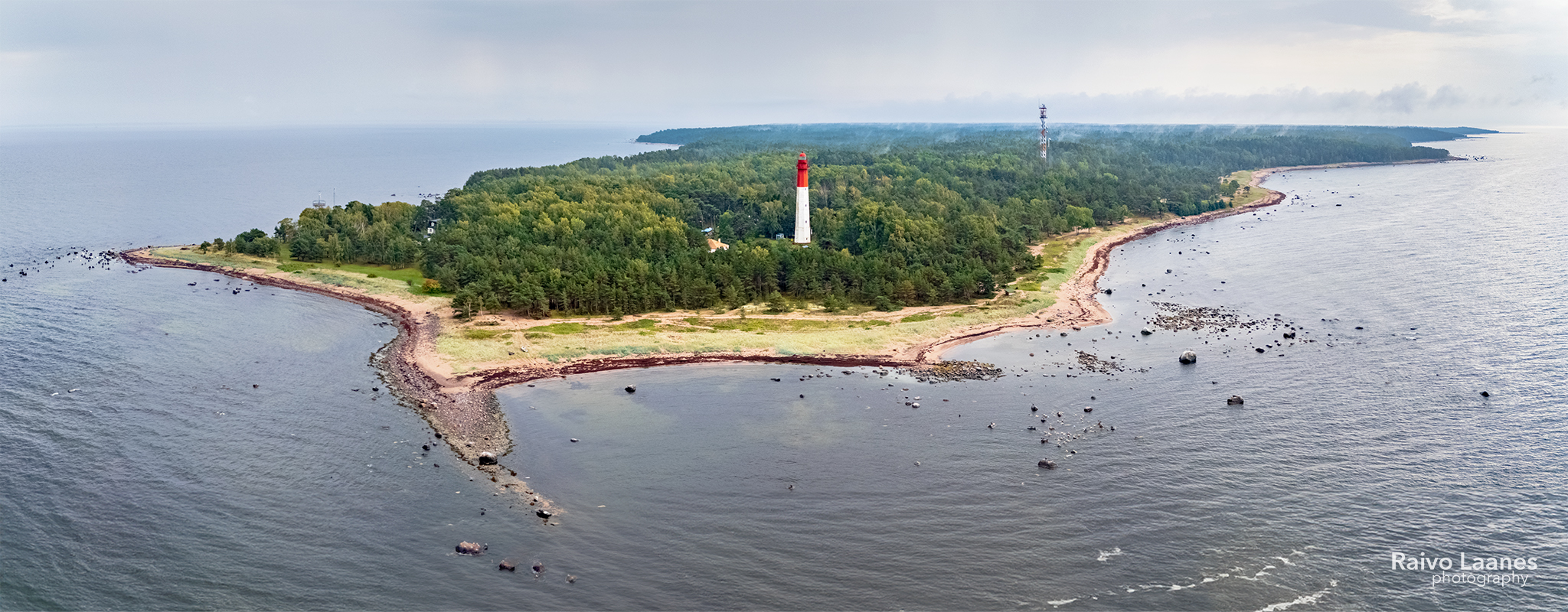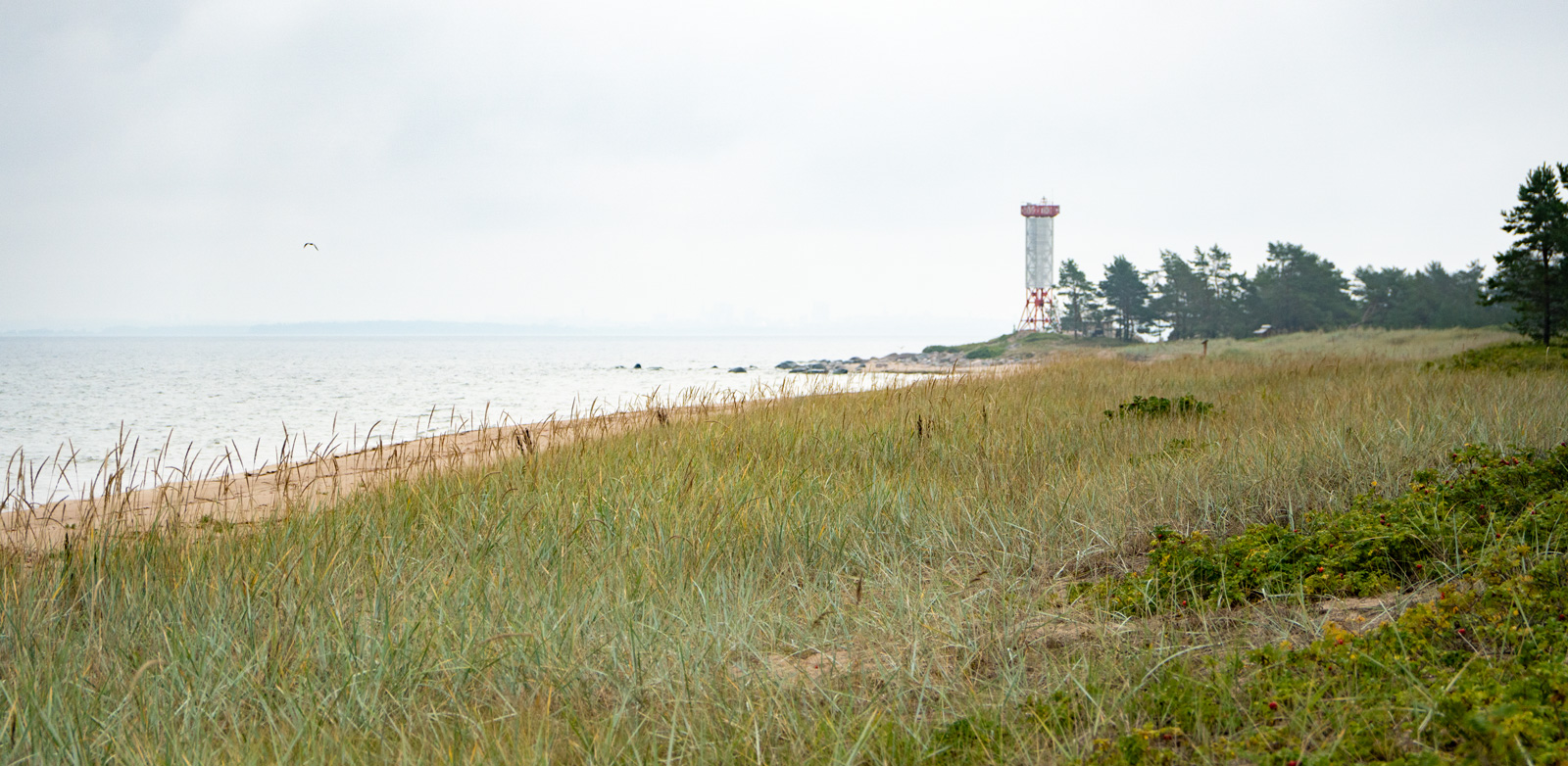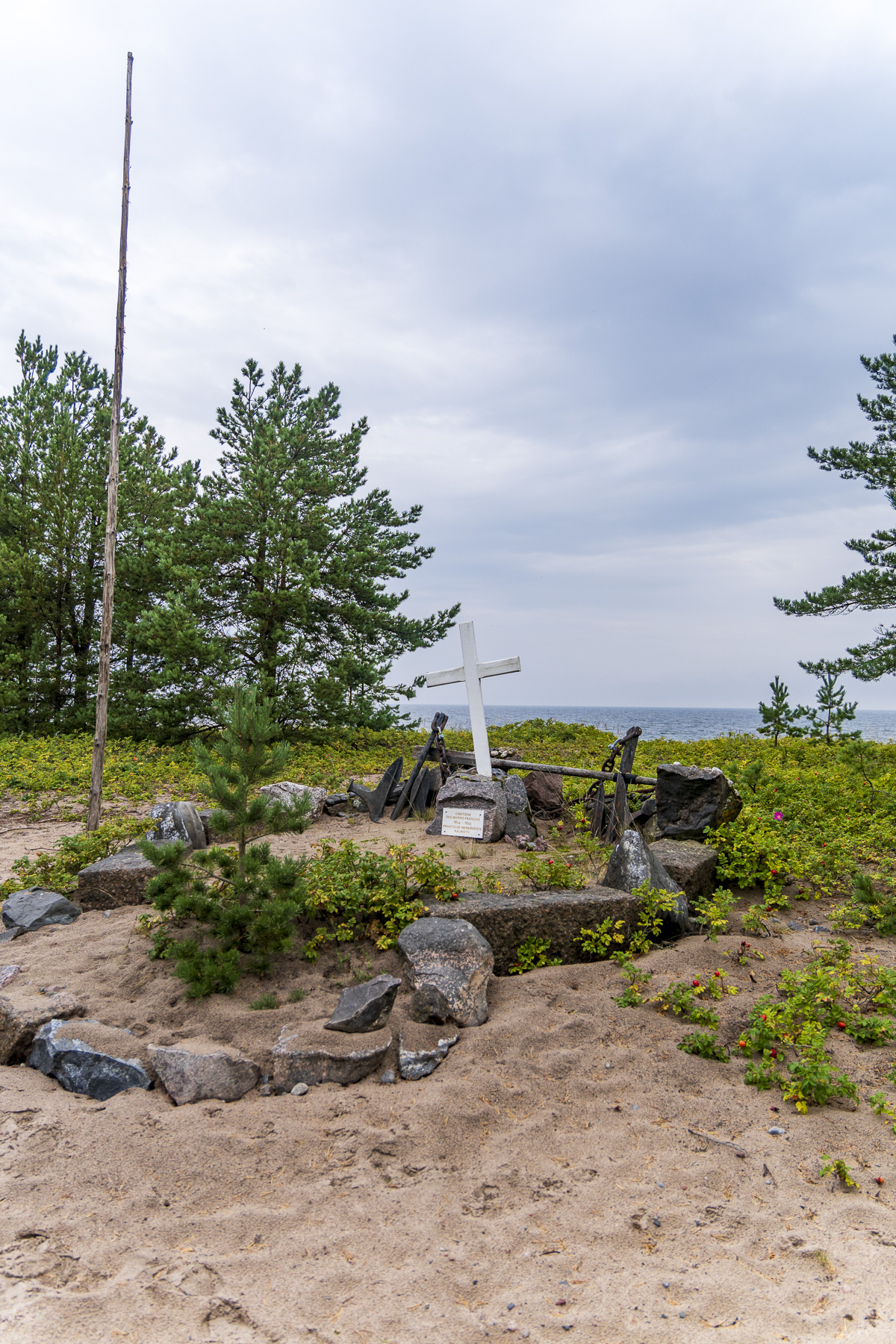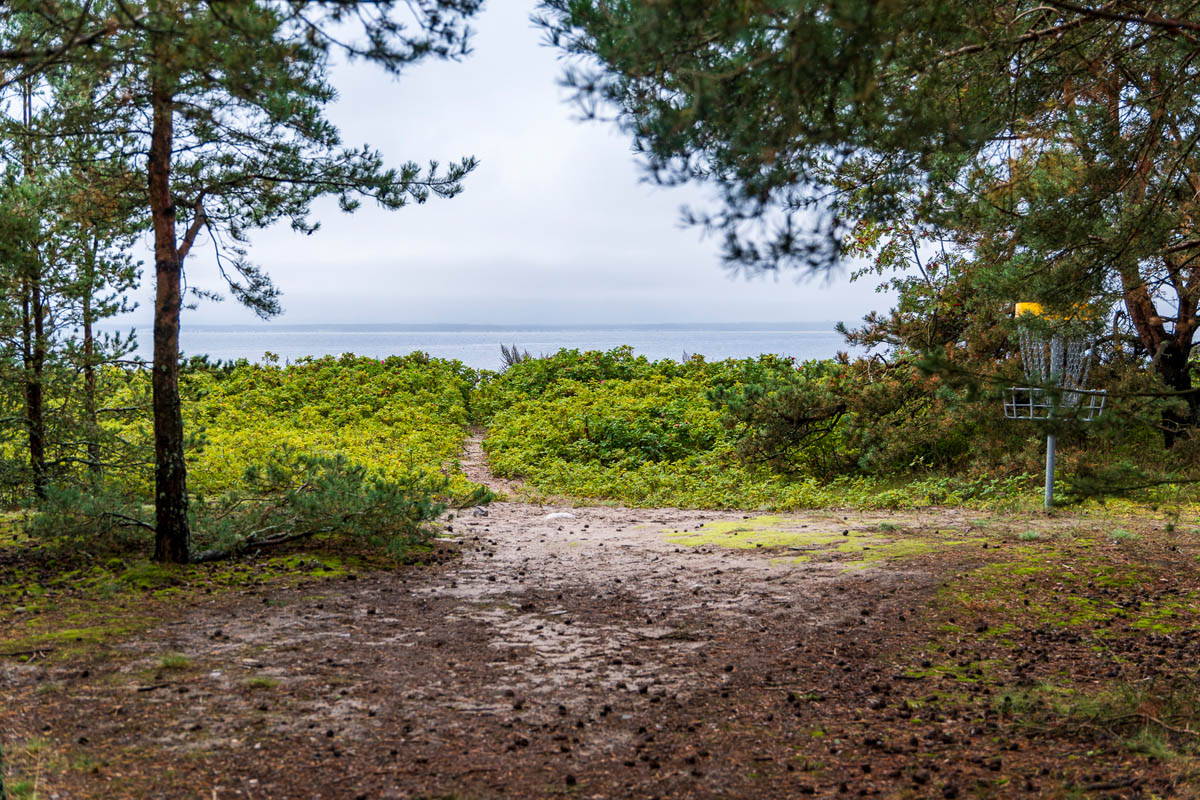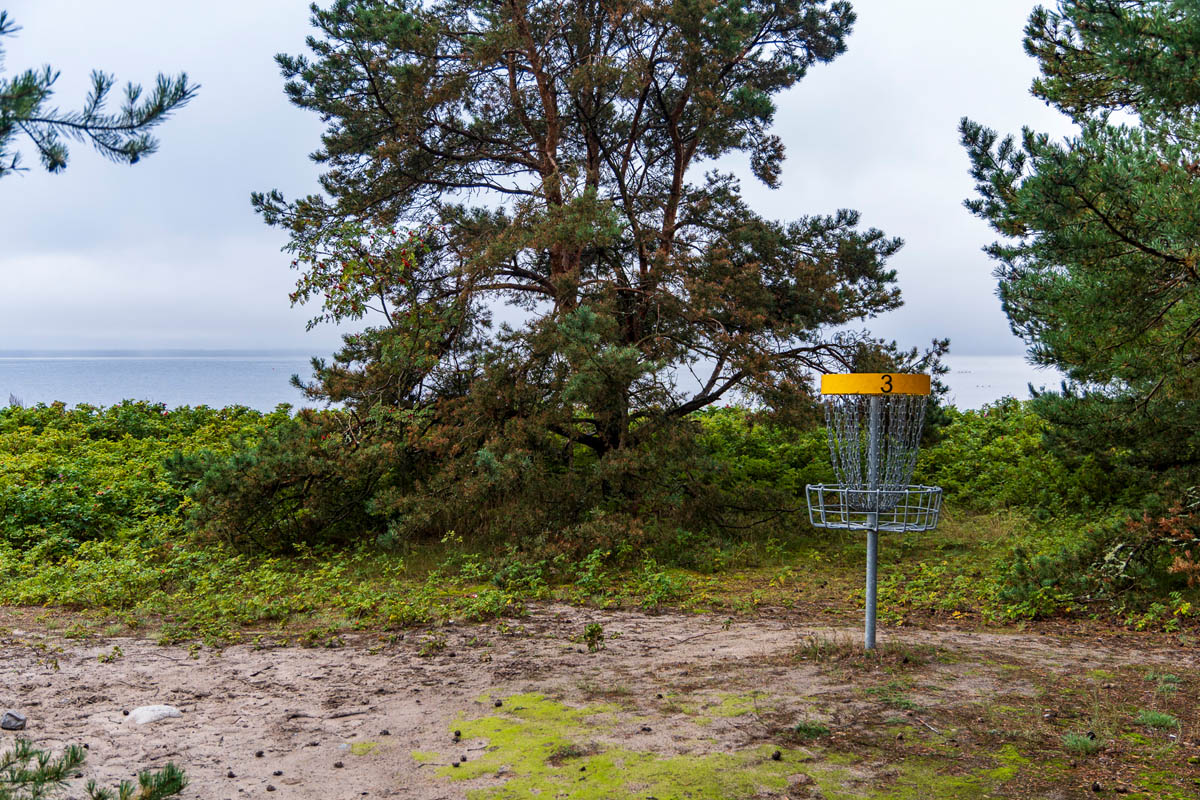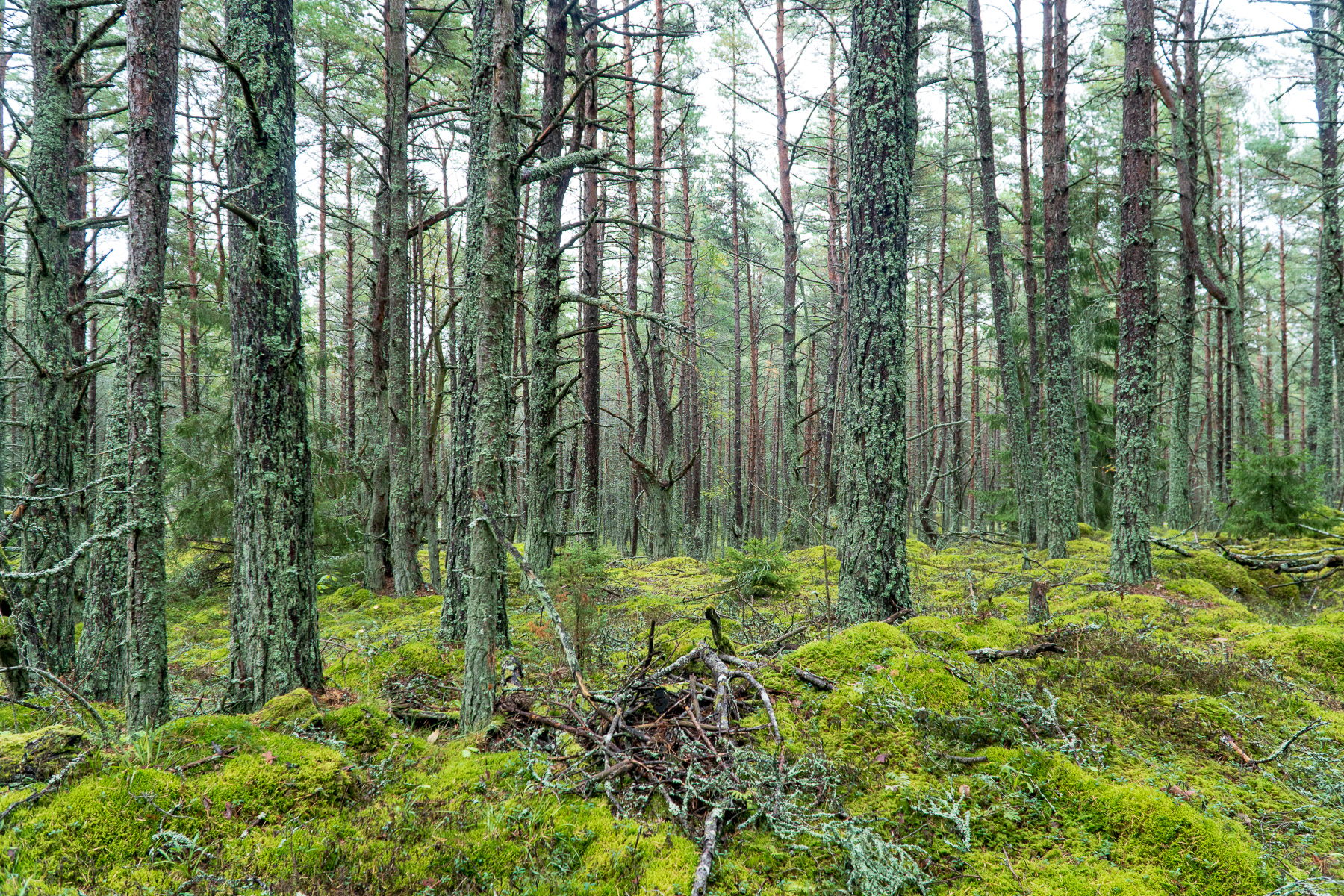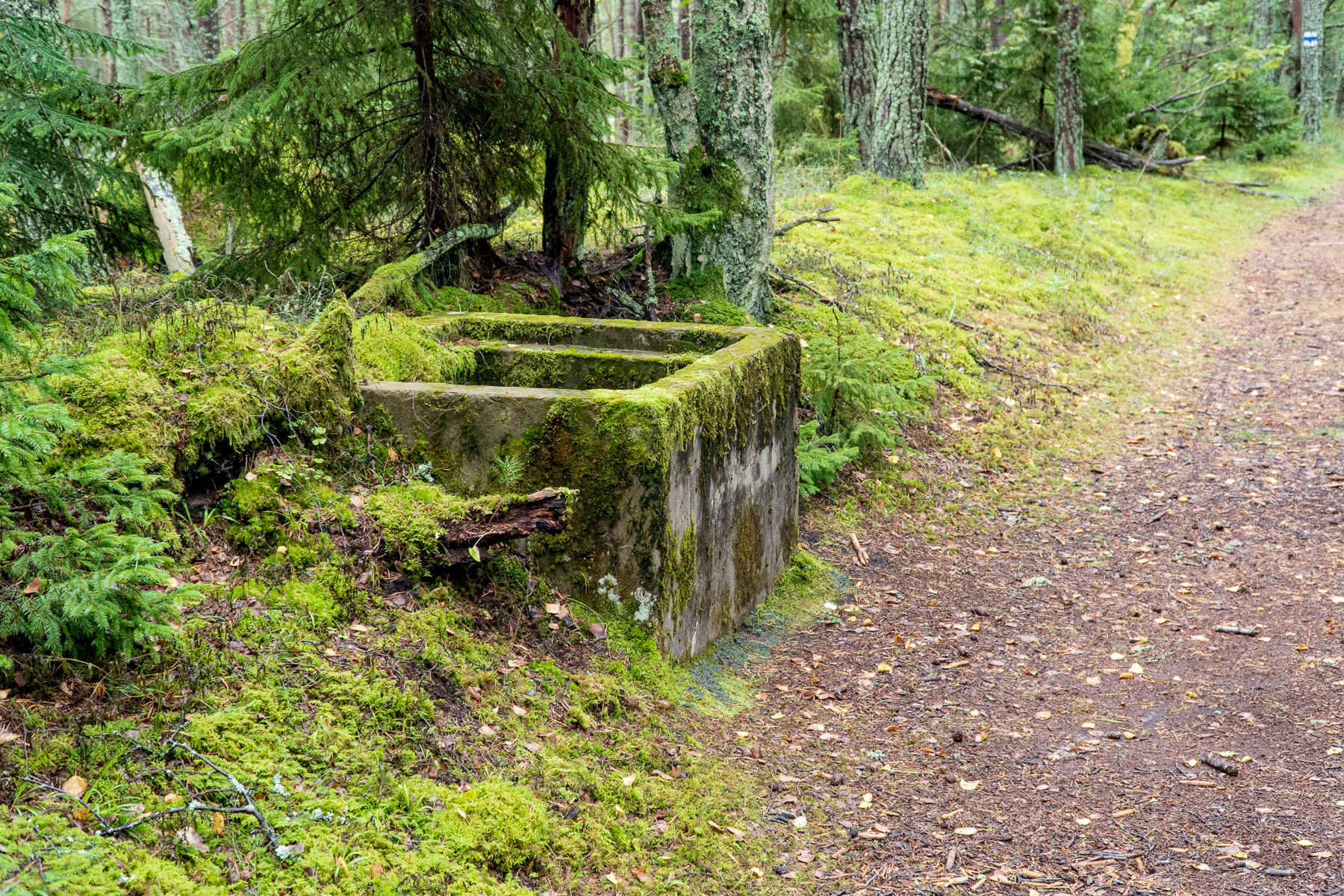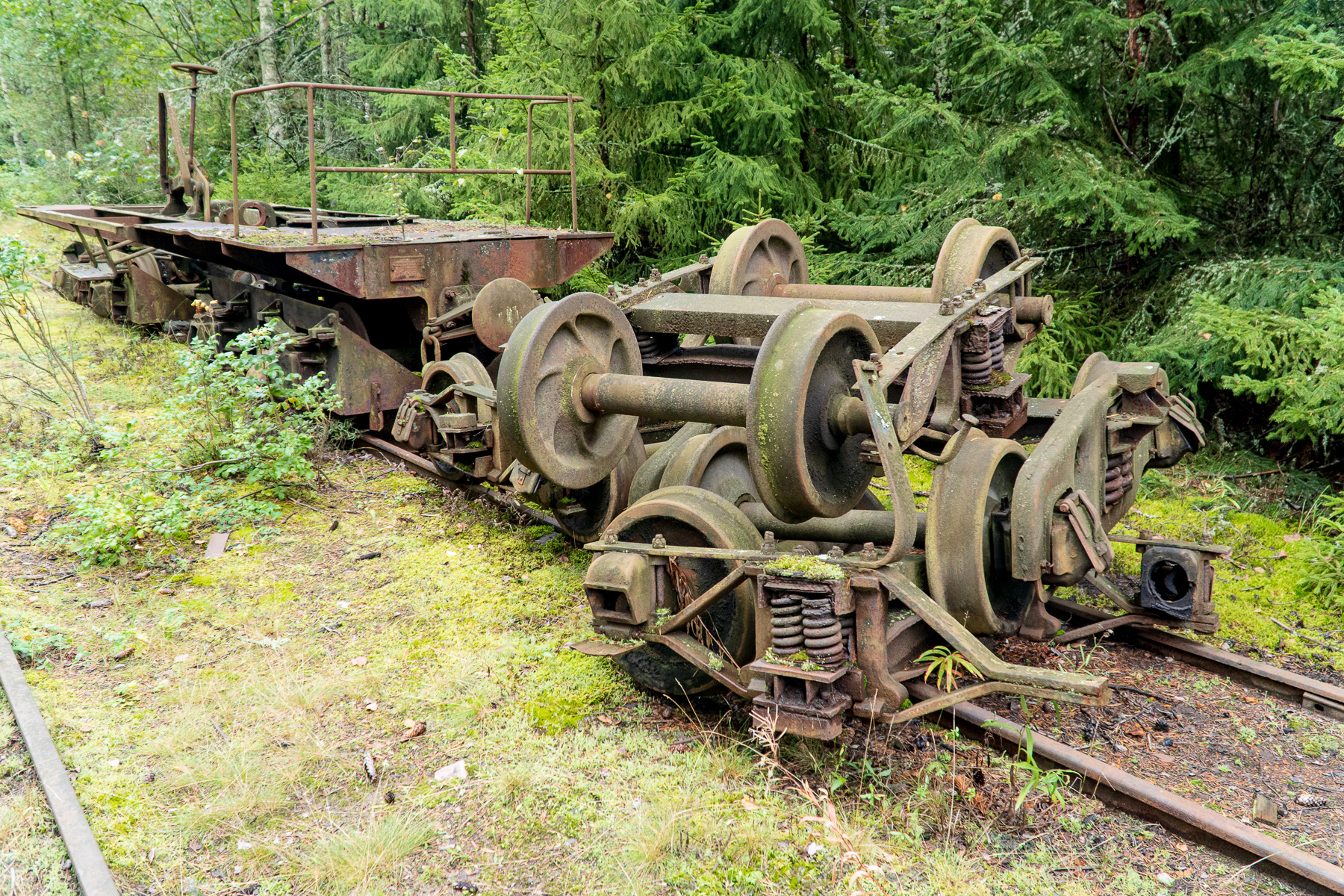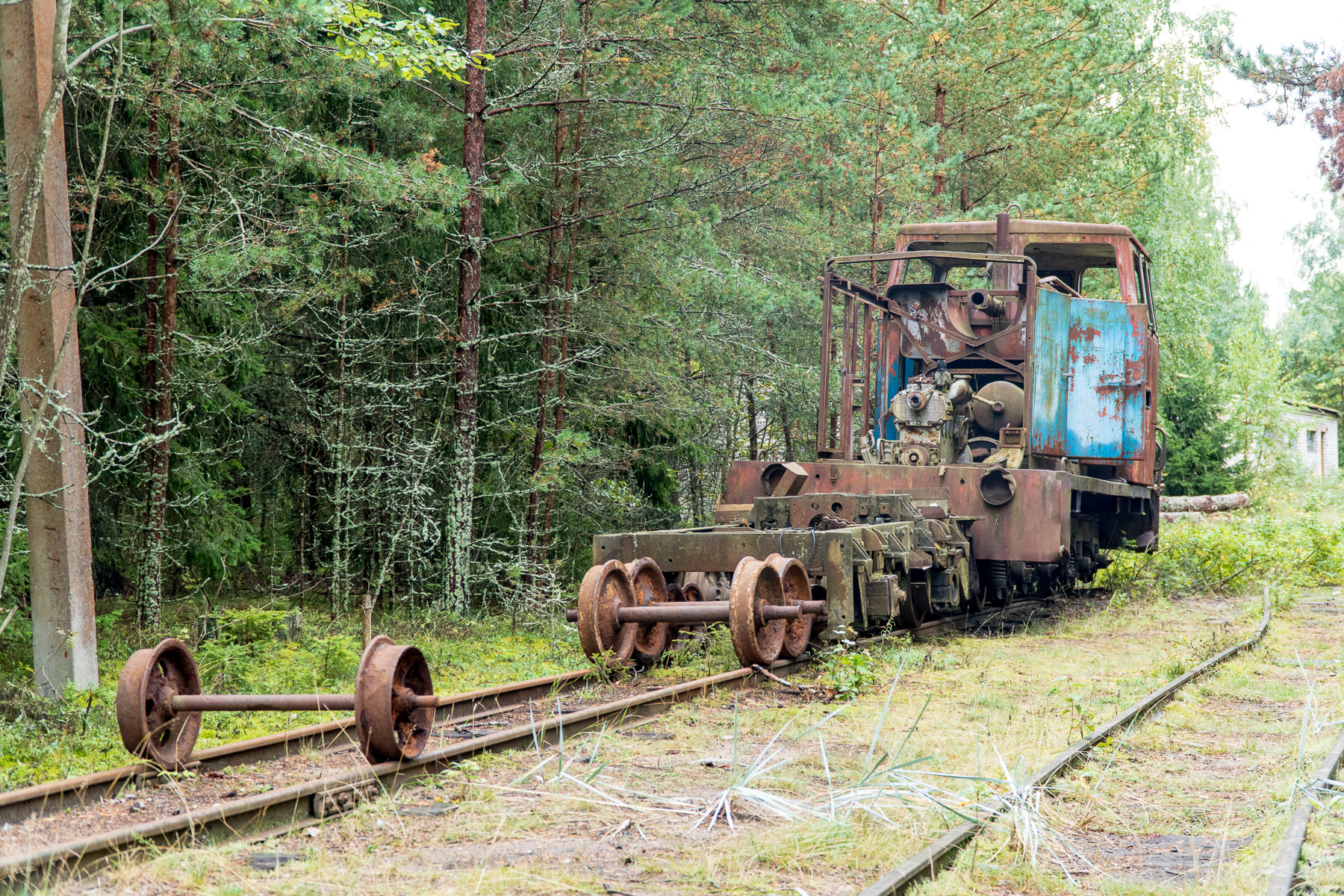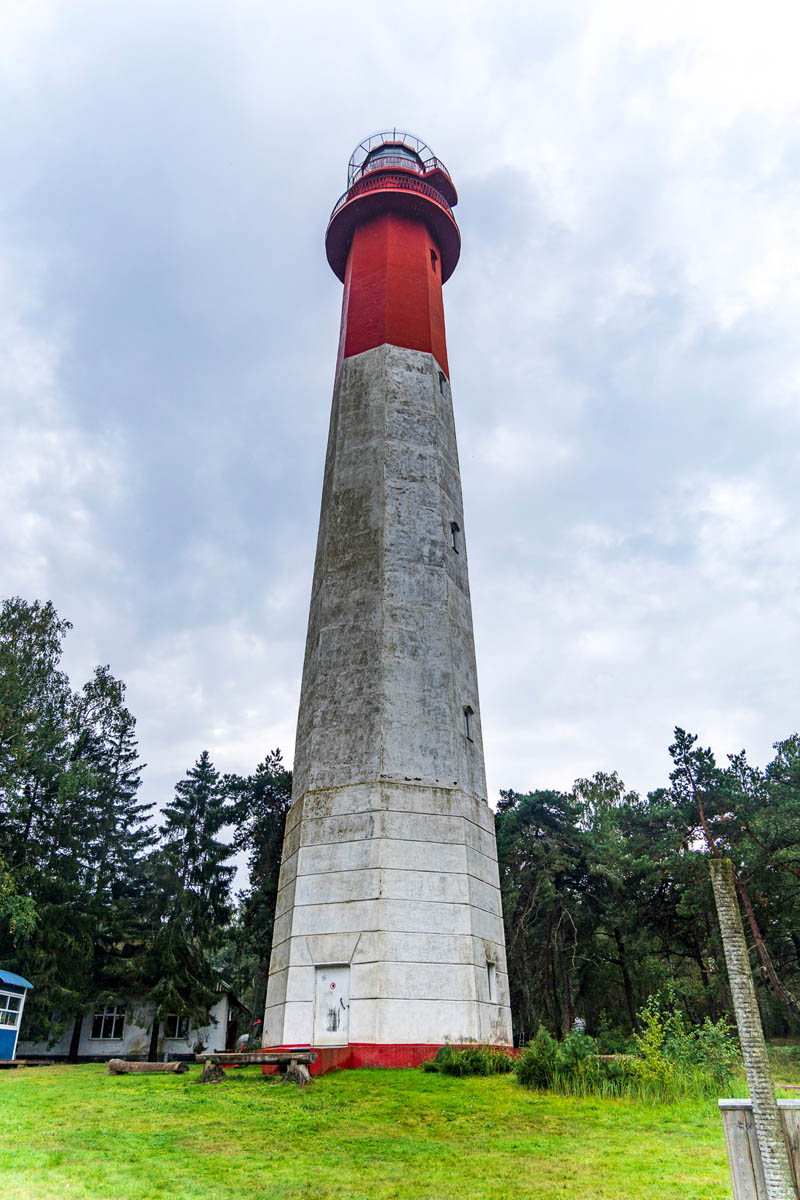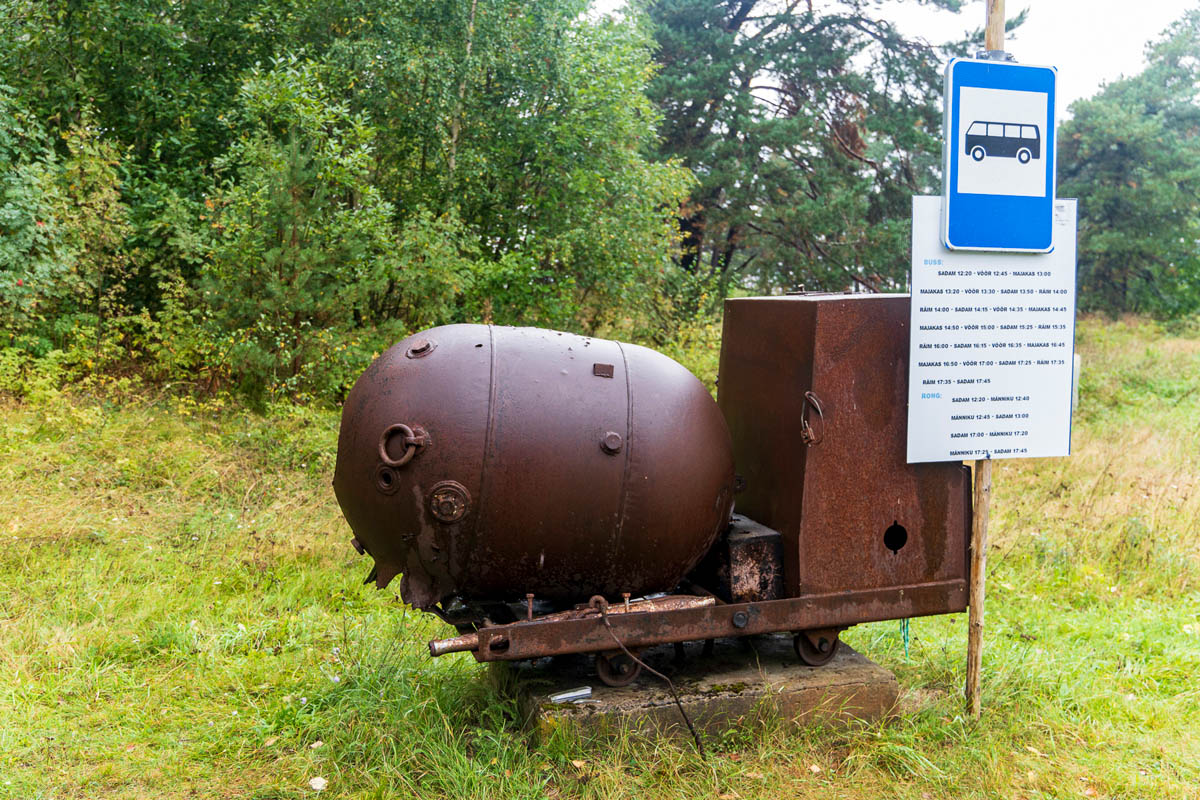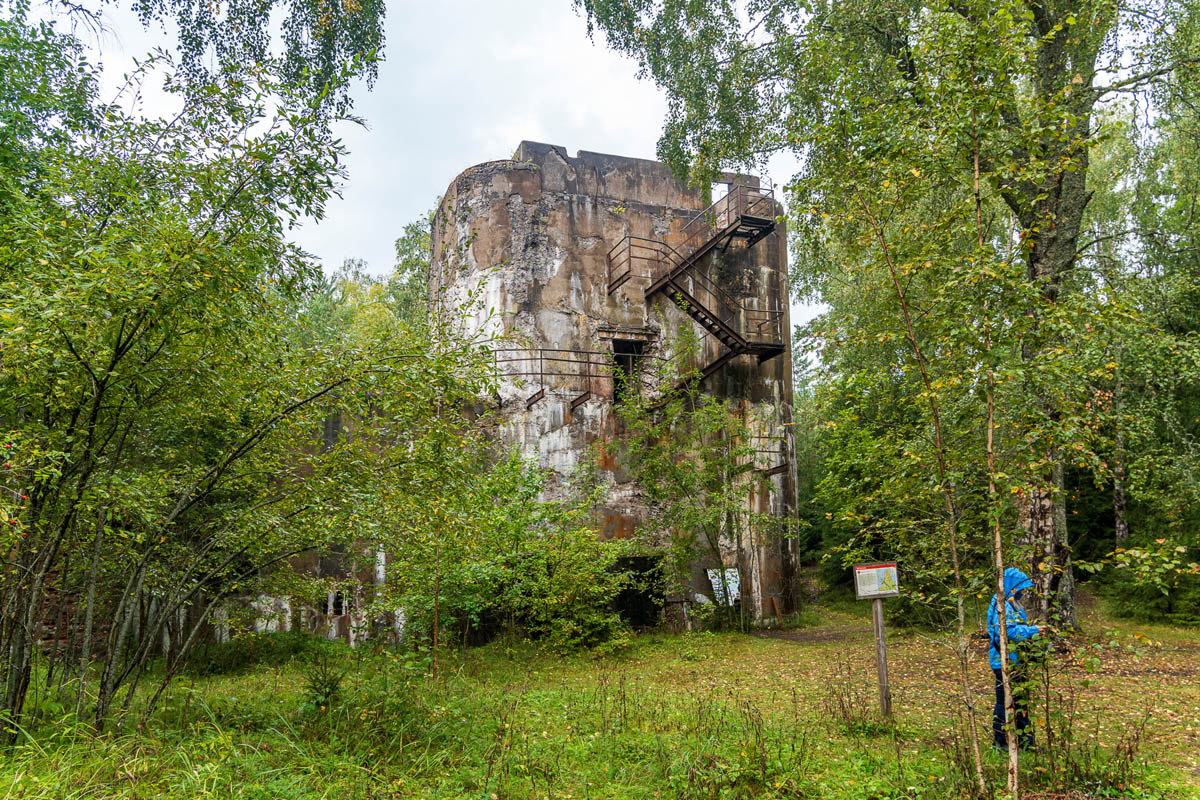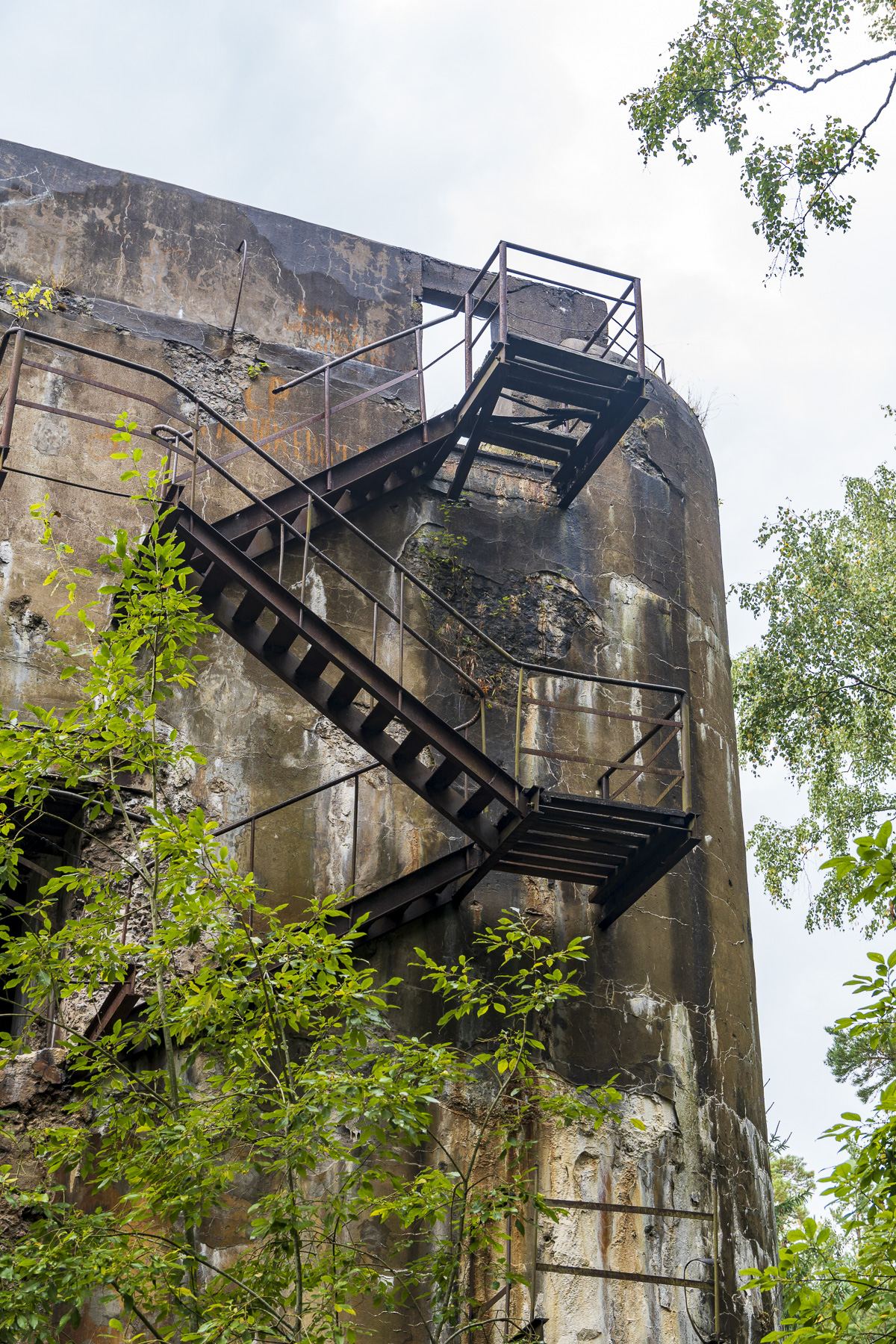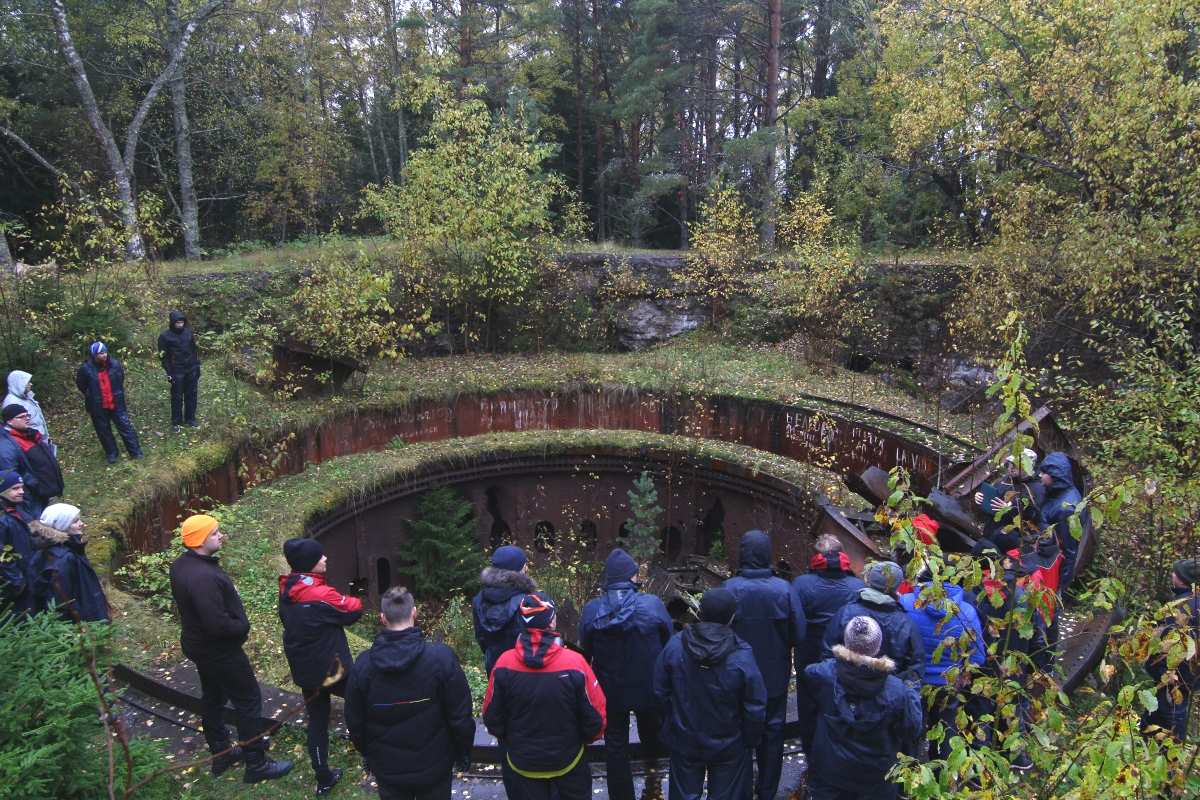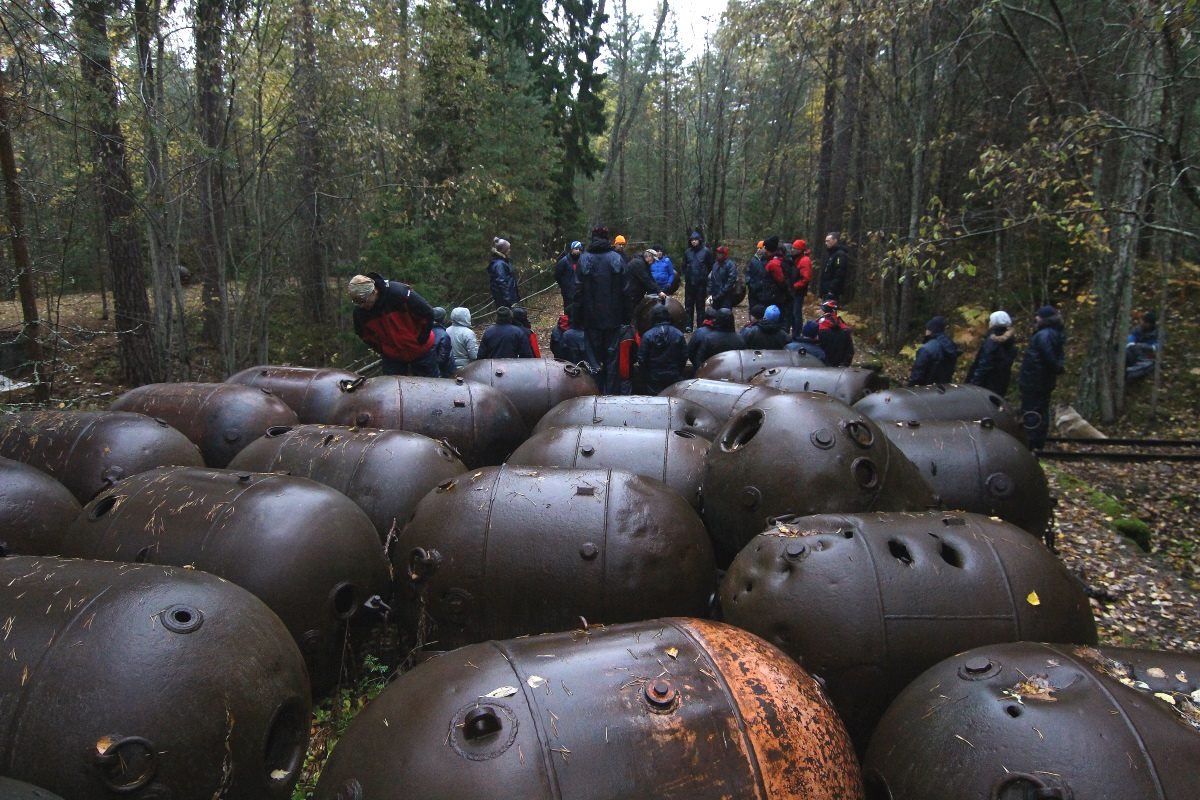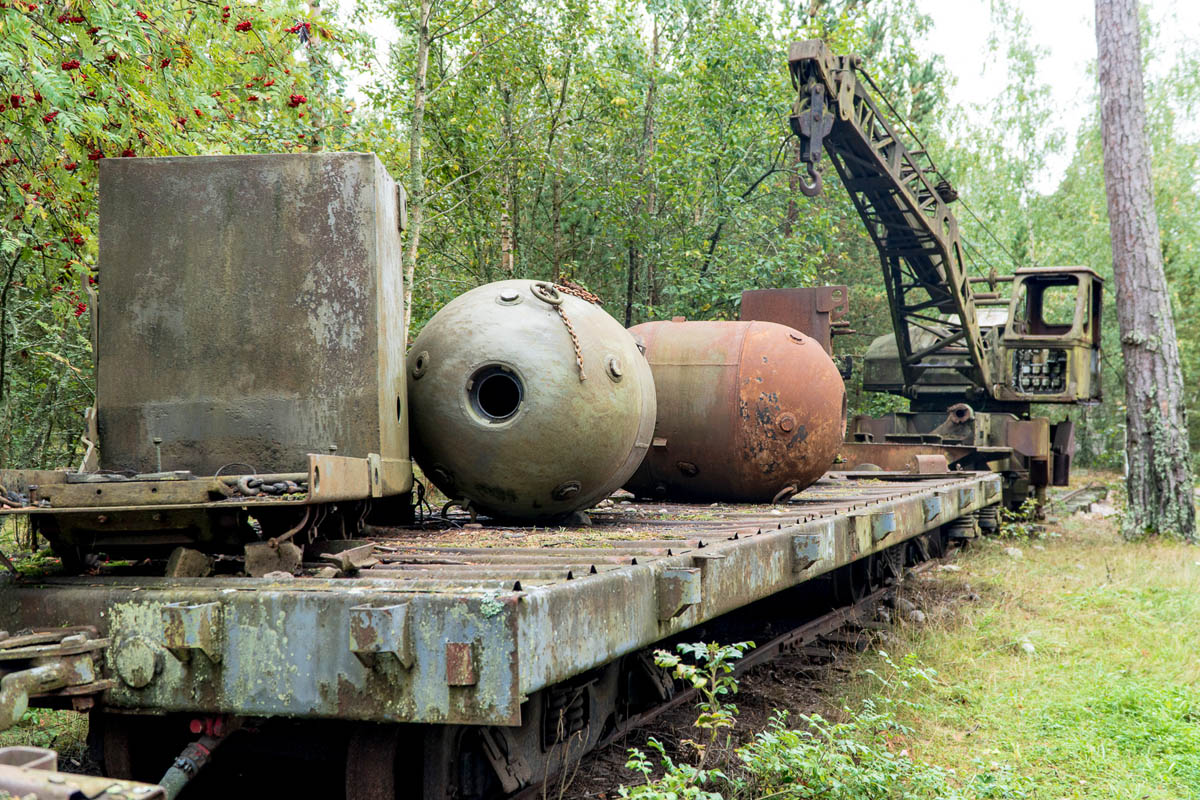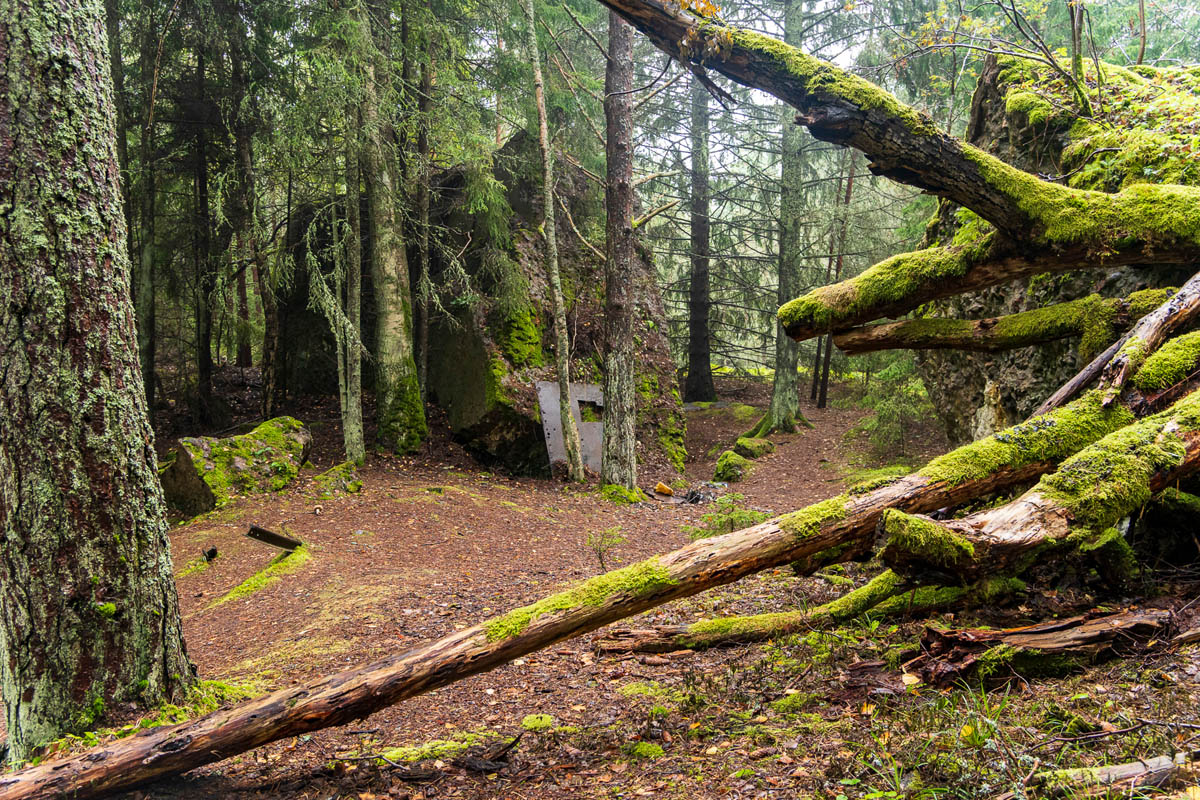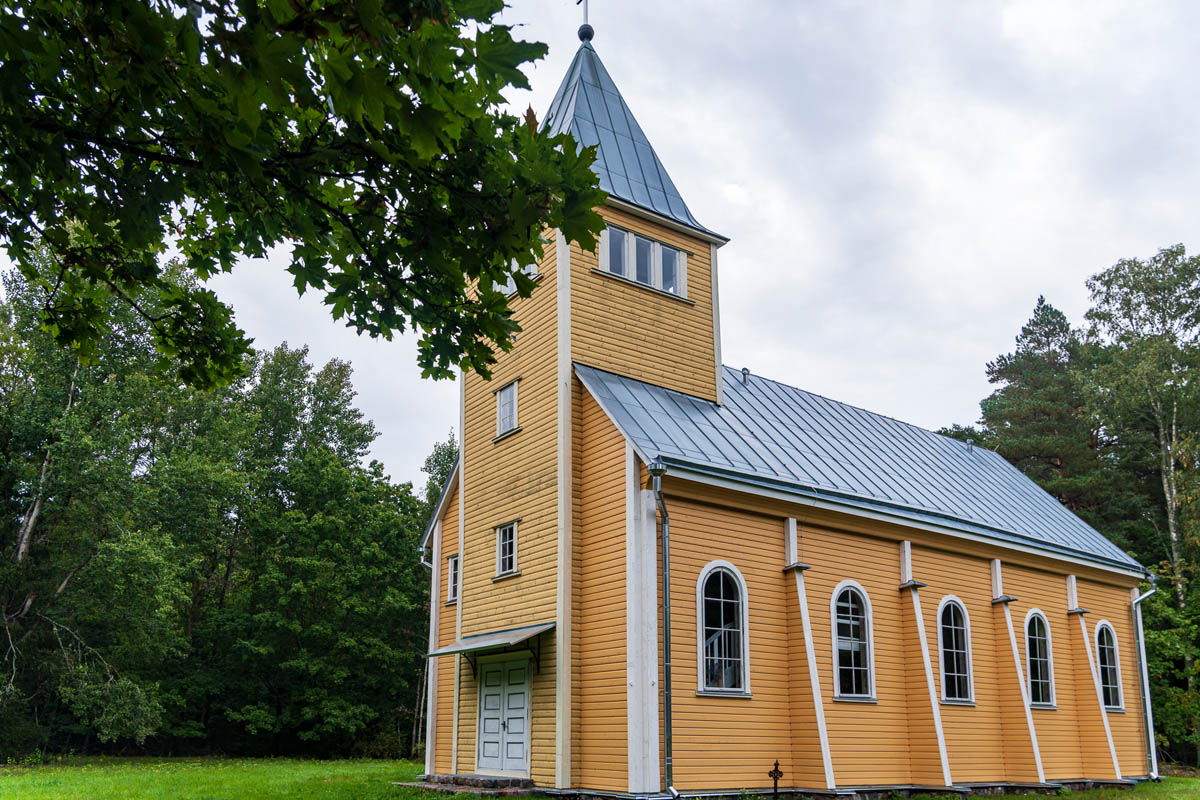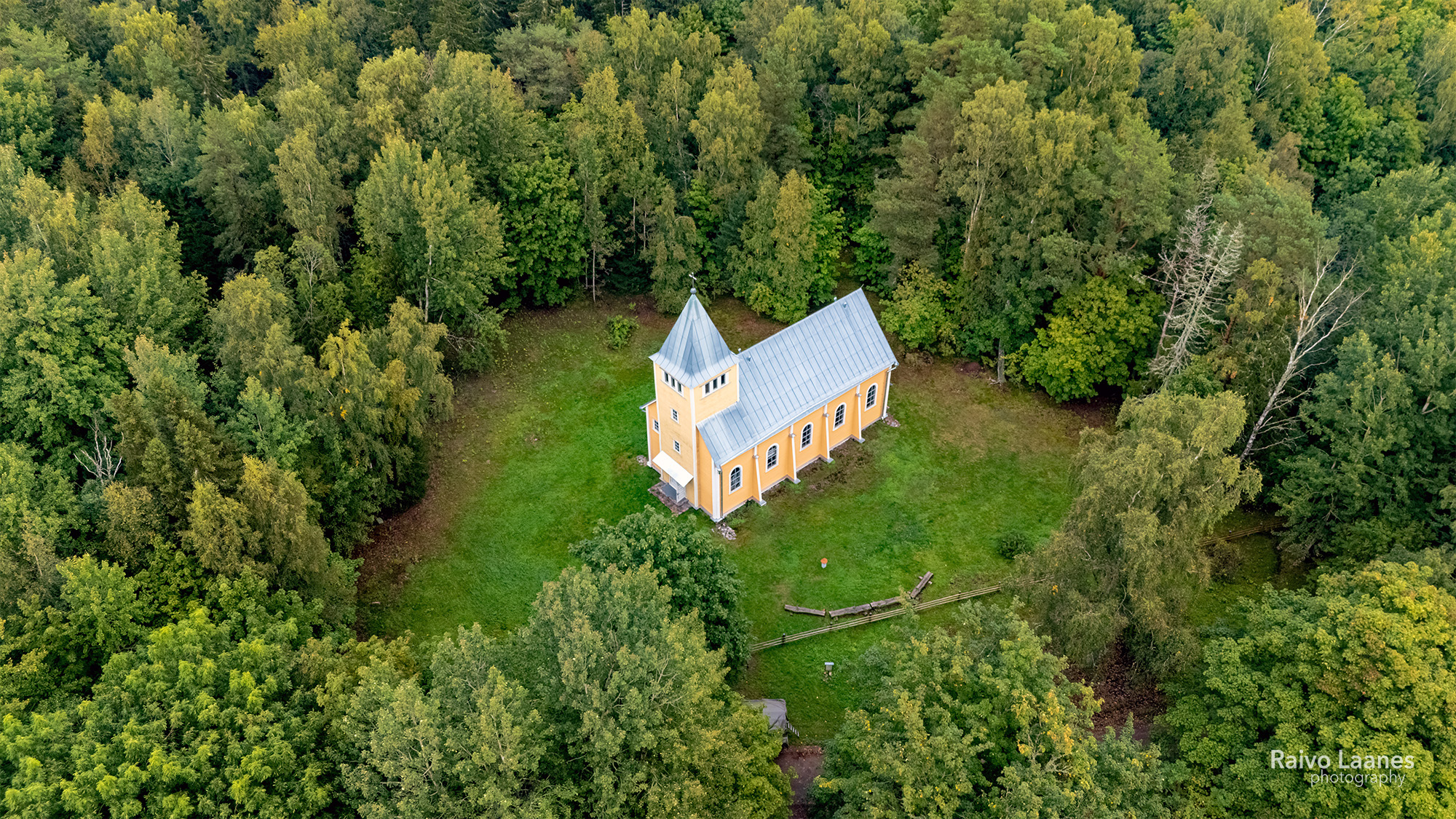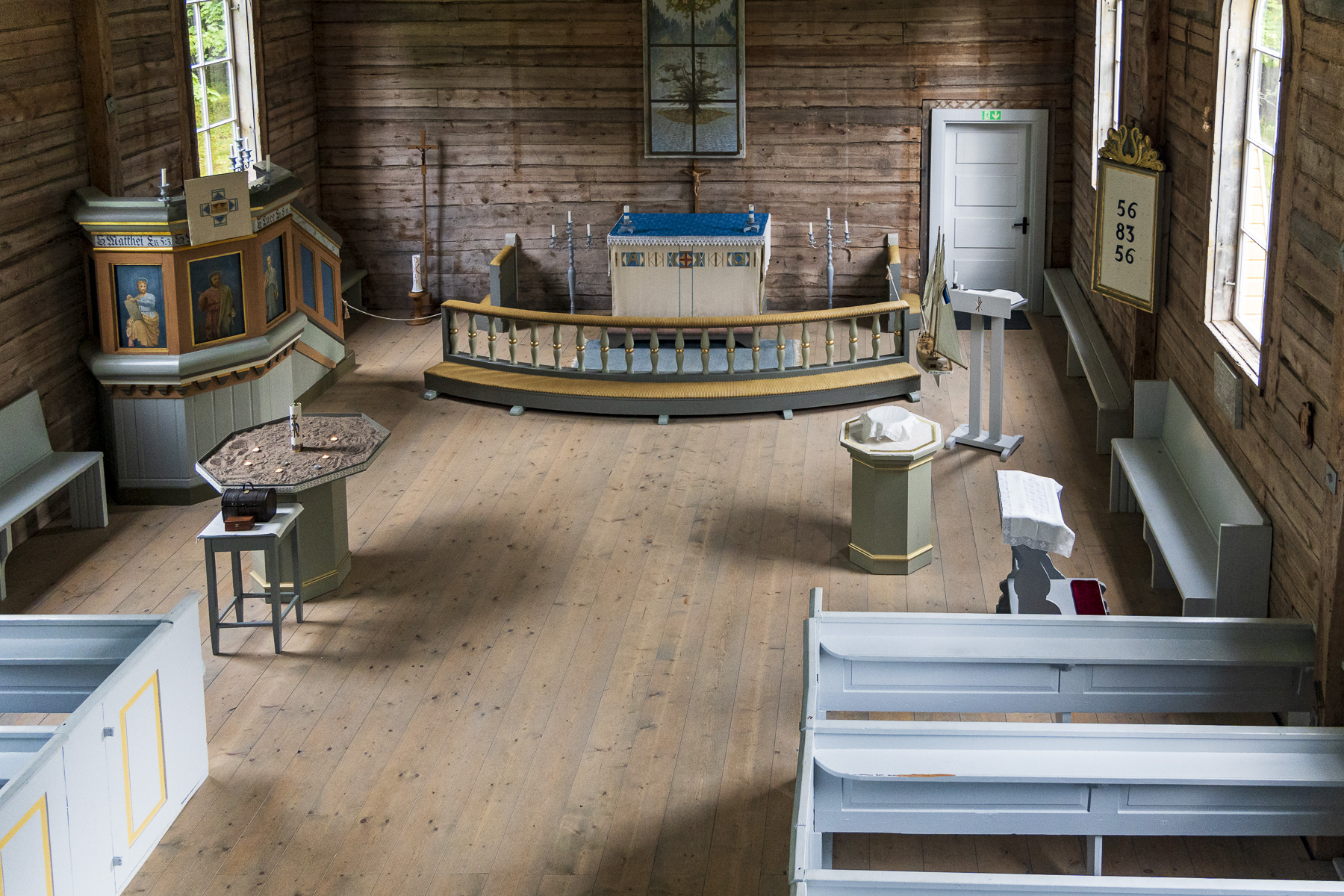About Naissaar
Naissaar is 12 km from Tallinn. an island with a length of 9 km and a width of 4 km. The highest peak is Mount Kunila with its 27 meters. The island is mostly covered with forest. Sandy beaches alternate with pebbles and boulders. Naissaar is a nature park. Educational trails have been built for hikers, which allow them to take part in the beautiful and varied nature.
There are many nice sandy beaches on the island, which are not overcrowded, in addition to beach pleasures, you can also enjoy the Tallinn skyline overlooking the sea, which is especially proud when the city is lit up.
A rich harvest of berries and mushrooms can be obtained from the moss-covered native forest.
The oldest information about Naissara comes from the 11th-century Chronicle of the monk Adam of Bremen, where the island is described as Terra feminarum (land of women). Some documents use the name Amazonia. According to legend, the women there had children with ugly creatures. If the boys were born, they were dog-like, if the girls were born, they were gorgeous. Adam also claims that the children were born to sailors and Amazons who visited the island
with soldiers captured by The men were then chased away with the evil one. Boys who reached manhood were sold in Slavic slave markets.
Currently, only a few people live on the island, but in 1934 there were 446 inhabitants, 291 of them Estonians, the rest were coastal Swedes. The inhabitants of the island were mainly engaged in fishing and seal fishing and pilot work.
They also engaged in smuggling. The islanders got along well with the pirates who raided the island. There was a school on the island with both Estonian and Swedish-speaking class groups.
In 1856, a wooden church was completed on the island, which was the auxiliary church of the Finnish-Swedish Michael congregation. It was destroyed during World War I. The construction of the new church was started in 1934 with the help of help from Sweden and it was consecrated in 1934. It was used as a hayloft during the occupation and is currently being restored. There is also a cemetery under a heritage monument near the church.
For a visitor with military interests, there is plenty to see on the island, as there are numerous tsarist, Estonian, and Soviet-era military facilities. Since the Northern War, the island has been considered an important military stronghold.
A very grand construction of fortifications was undertaken just before the outbreak of World War I, when one of the most important strongholds of Peter the Great’s sea fortress began to be designed on Naissaar. The main mass of construction workers arrived from Russia. First, a port and a narrow-gauge railway were built, which connected the fortification system and warehouses. The total length of the railway was 37 km. Then they started building batteries, which were never finished.
When the war broke out, they were more or less in combat condition. In 1917, the builders and sailors on the island declared an independent Soviet republic, which lasted until February 1918.
While fleeing from the Germans, some of the powerful defense structures were blown up and wooden buildings were set on fire. In 1918, the island was taken over from the German garrison and the inhabitants were allowed to return. The Estonian army tried to restore the tsarist defense buildings, but many of them were destroyed. Whenever possible, new batteries were built.
In 1940, by order of the Soviet occupation authorities, the islanders had to leave their homes again. Red Army soldiers blew up in 1941. insurances again when leaving the island. Since 1944, the island was completely occupied by Soviet troops, and until the departure of the troops in the summer of 1994, the island was completely devoid of civilian population. In 1956, the largest warehouse of sea mines in the Baltic Sea was established here, covering 1/5 of the island.
Two world-renowned men were born on Naissaar: optician and astronomer Bernhard Schmidt and artist and writer Erik Schmidt. Born in 1879, Bernhard Schmidt studied and worked in Germany, where he invented a telescope system that caused a revolution in optical astronomy, called the Schmidt camera.
Erik Schmidt was born in 1925 in the family of an art-loving ship captain. The family left in 1943. Sweden. Erik received his art education in Paris and lived in Mallorca from 1957.
Recently, conductor Tõnu Kaljuste has brought fame and color to Naissaare, who has restored the old Omariküün concert hall, where various music events are held in the summer, with performances by top Estonian and world musicians.























